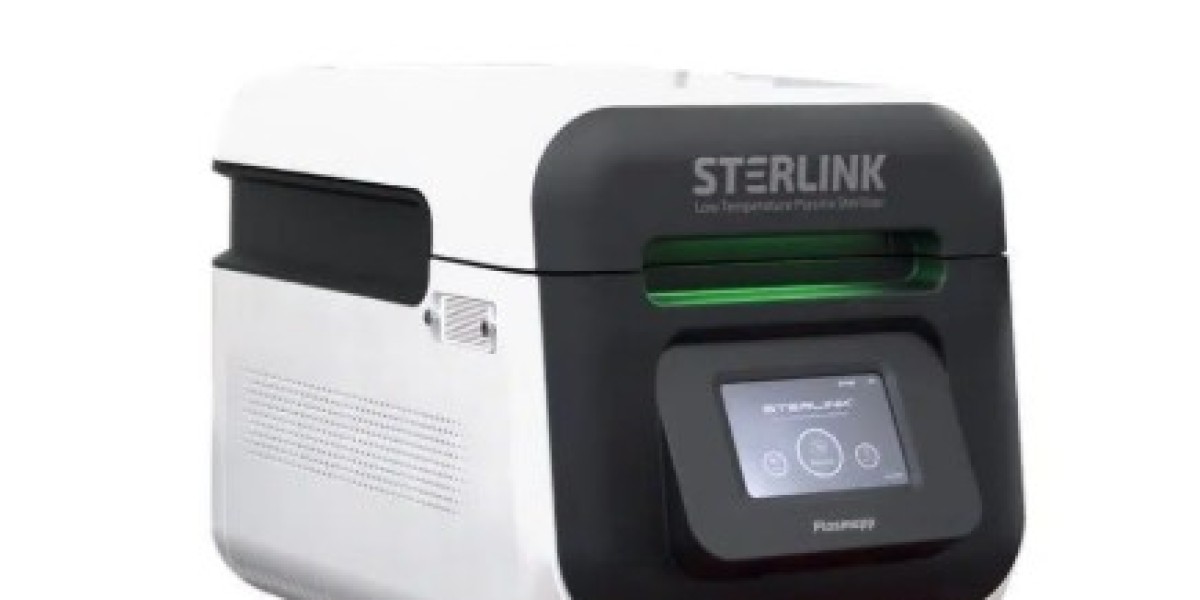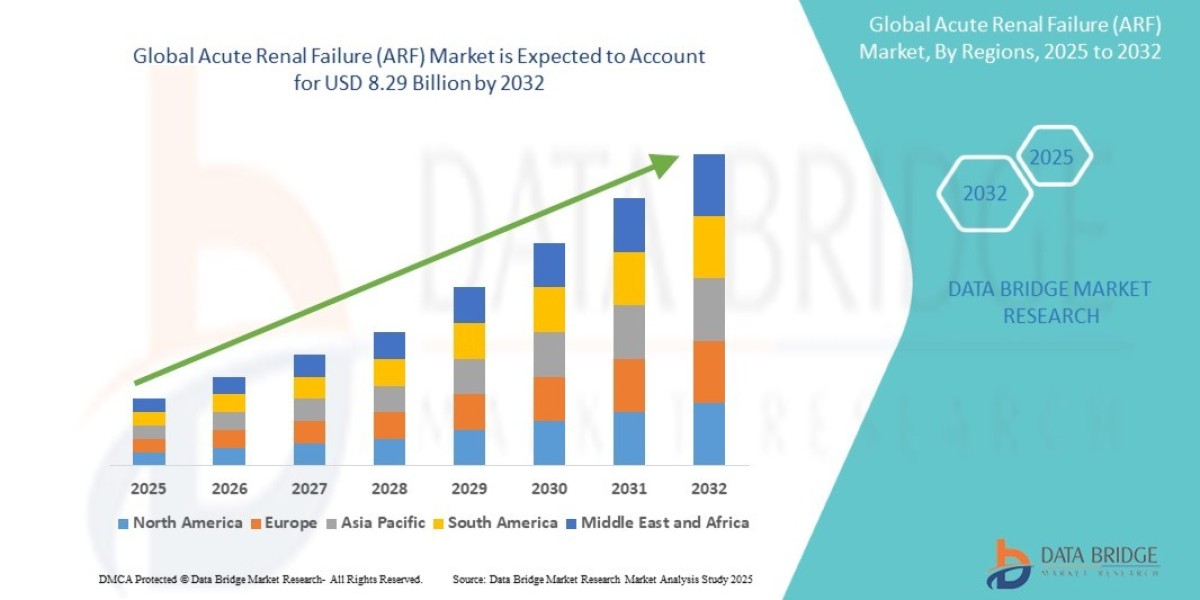How often do you worry if your delicate instruments are truly safe for the next patient?
In many veterinary practices, sterilizing fragile tools is still a problem. Heat sterilization can damage scopes, batteries, or fiber optic cables. Ethylene Oxide works, but it’s slow, costly, and comes with safety concerns.
This is where gas sterilization changes the way you handle your equipment. Faster, safer, and designed for modern clinics, it solves the hidden issue no one talks about: keeping sensitive instruments intact without long downtime.
Why Gas Sterilization Fits Veterinary Needs Today
Veterinary teams face a big challenge: balancing speed with safety. Surgical tools get more advanced every year. Traditional high-heat sterilizers risk damage. Chemical methods like Ethylene Oxide take hours and can leave toxic residues.
Sterilization solves these problems in a direct way. It works at low temperature, which means delicate items stay safe. It is faster, with cycles as short as seventeen minutes. And it is clean; no residues that could affect the next procedure. In simple words, your staff spends less time waiting and more time helping patients. That means better turnaround, smoother workflow, and peace of mind.
Equipment That Benefits Most
Not every instrument can survive heat or steam. That is where sterilization proves its value.
Here is a breakdown of what works best:
Instrument Type | Why Gas Sterilization Works Best |
Endoscopes & Scopes | Delicate optics cannot handle heat |
Vessel Sealers | Sensitive electronics stay intact |
Surgical Drills & Batteries | Heat damages internal parts |
Fiberoptic Cables | Residue-free sterilization needed |
Laryngoscopes & Probes | Low temp avoids warping or cracks |
By protecting these tools, clinics avoid expensive replacements. The longer lifespan of equipment pays back the investment quickly.
The Sterlink Advantage for Veterinary Practices
One strong system on the market today is the Sterlink U-510. It was built with clinics in mind. The starter kit comes with everything needed for forty cycles. That means from day one, your team can run sterilization without extra spending.
Its short cycle times, seventeen minutes for standard loads and twenty-four for advanced loads, fit into the daily schedule. For a busy practice, this speed is not just convenient; it is essential. You no longer wait half a day to reuse an endoscope. Instead, you rotate instruments quickly and avoid delays.
Another detail is safety, as Sterlink’s hydrogen peroxide process is environmentally friendly. No toxic gas storage, no risk of harmful residue. The result is a safer clinic environment for staff and patients alike.
The Final Words
In today’s market, client expectations are higher. They want quick recovery for their pets, and they notice when a clinic runs smoothly. By adopting modern sterilization, you send a strong signal: your clinic invests in innovation and safety. That message builds trust and long-term loyalty.
Delicate tools deserve better than outdated sterilization methods. Gas sterilization is the low-temperature solution that keeps instruments safe, saves time, and cuts costs. If you want your clinic to work smarter; not harder now is the time to act.








